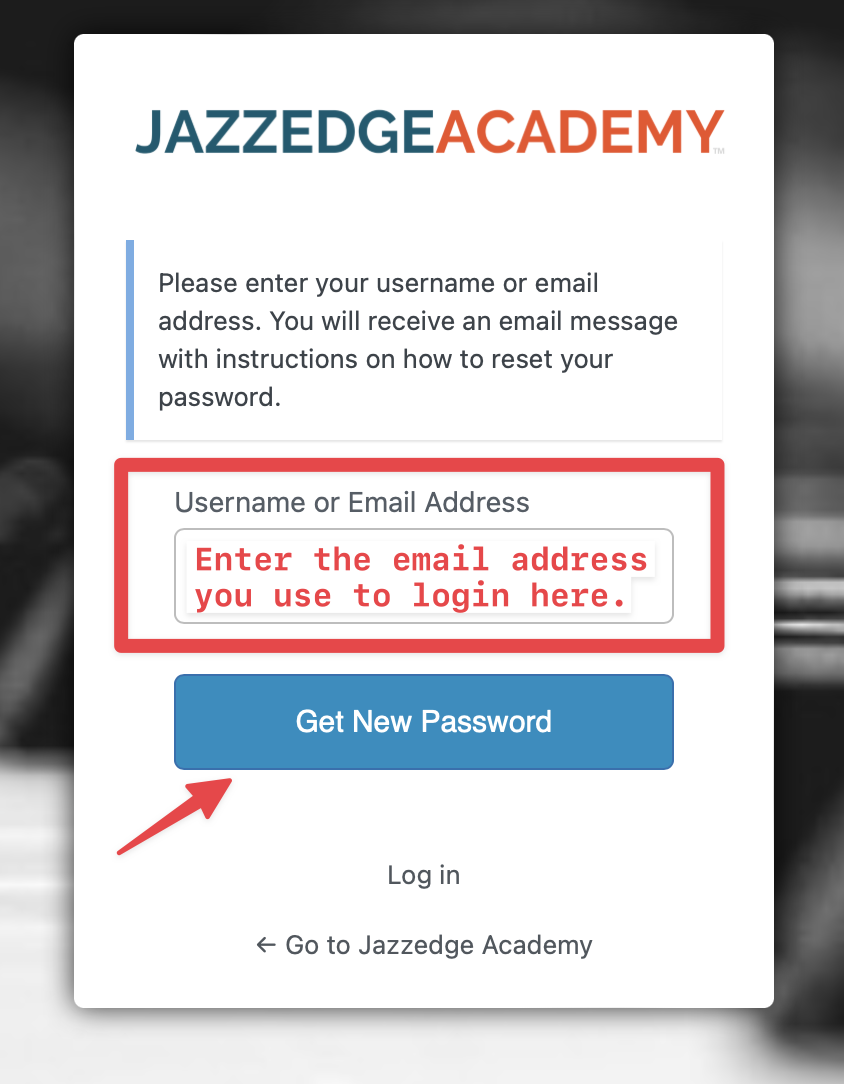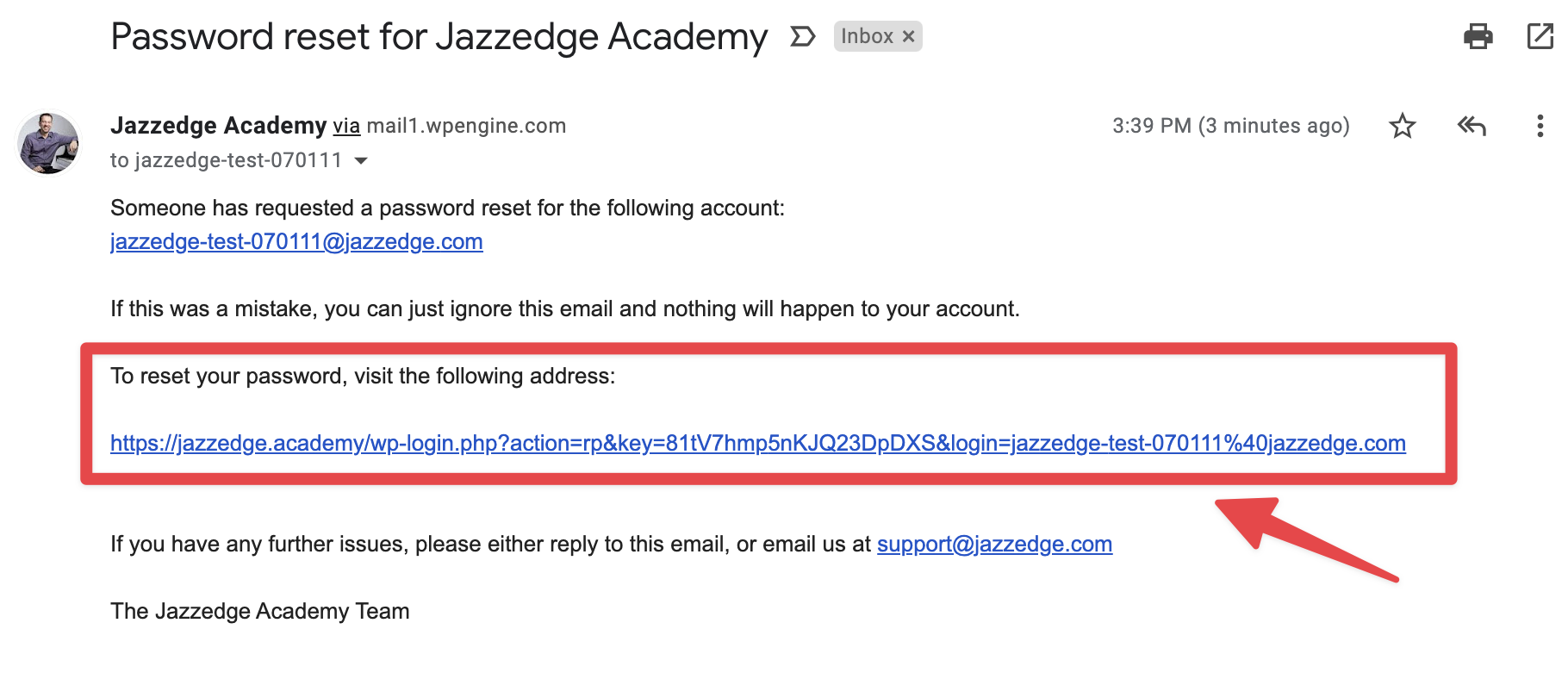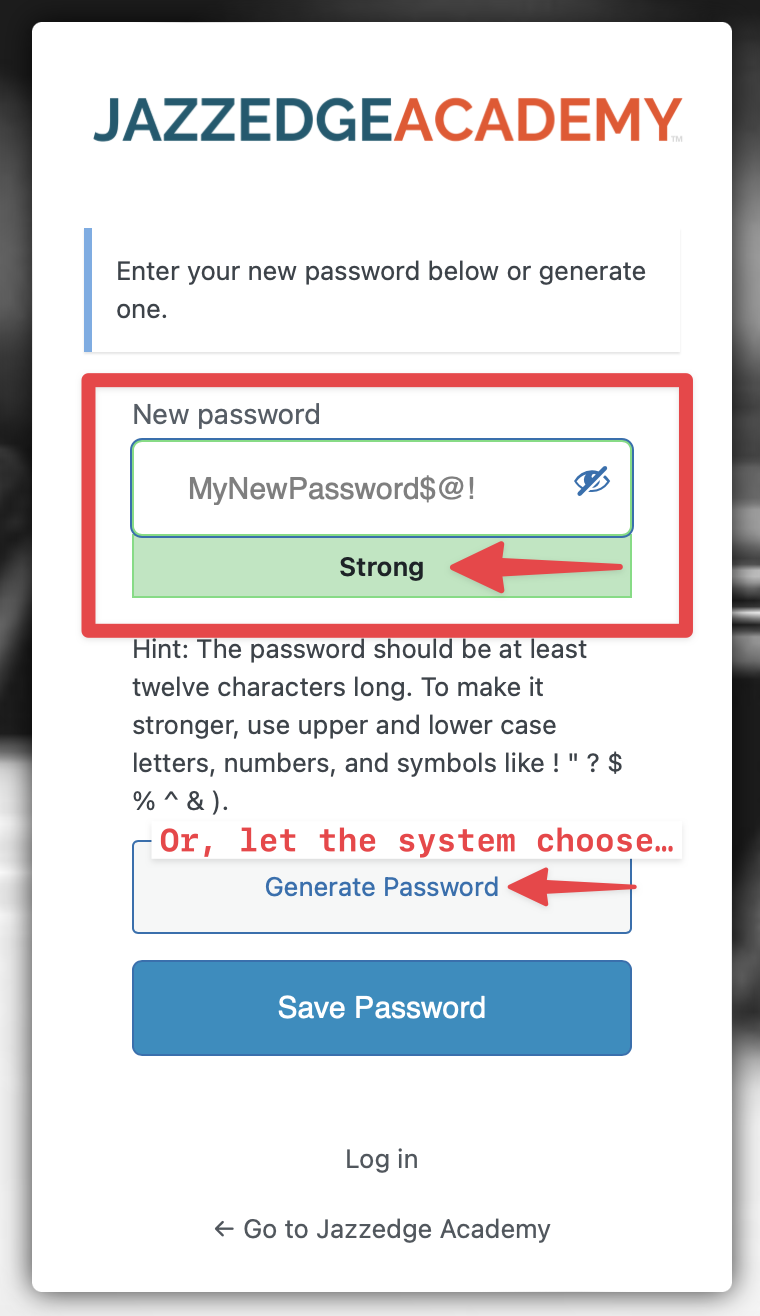Easy Latin Standards: A Guide to Playing Latin Piano
Latin piano is a dynamic and expressive style that blends syncopated rhythms, rich harmonies, and infectious grooves. Whether you’re exploring bossa nova, tango, or Afro-Cuban jazz, understanding the core elements of Latin music will help you develop a more fluid and rhythmic approach to playing.
The Core Rhythms of Latin Piano
Latin music is rhythmically driven, often built around repetitive patterns that create movement and energy. Unlike traditional jazz or classical styles, Latin piano emphasizes rhythmic independence between the hands, requiring a solid foundation in time-keeping and coordination.
Here are three essential rhythmic elements:
1️⃣ Clave Rhythm – The foundation of many Latin styles, the clave is a two-bar rhythmic pattern (such as the 2-3 or 3-2 son clave) that guides the feel of the music. Practicing clapping the clave while playing simple chords in your left hand can help internalize this essential pulse.
2️⃣ Montuno Patterns – A repetitive left-hand accompaniment commonly used in salsa and Afro-Cuban music. This pattern consists of syncopated, arpeggiated chord figures that create a driving rhythmic foundation. Start by playing broken chord patterns in your left hand while keeping a steady beat in your right.
3️⃣ Bossa Nova Groove – A smoother, more subtle Latin rhythm originating from Brazil. Unlike the sharper accents of montunos, bossa nova requires a gentle, flowing rhythm. A common bossa nova pattern involves a syncopated left-hand bassline while the right hand plays soft, off-beat chord stabs.
Practicing Latin Rhythms Step-by-Step
To build confidence in Latin piano, start with hands-separate practice before bringing everything together. Here’s a simple exercise:
🔹 Step 1: Master the Left Hand
Begin by playing basic chord progressions (such as Cmaj7 – Dm7 – G7) in a broken chord style. Keep the rhythm steady and focus on playing lightly and evenly.
🔹 Step 2: Introduce the Right Hand
Add simple melodic phrases or syncopated chord stabs on top of the left-hand rhythm. Pay close attention to the timing—Latin music thrives on offbeat syncopation, so experiment with delaying some right-hand notes slightly.
🔹 Step 3: Combine Hands with Clave Awareness
Once you’re comfortable, try clapping or tapping the clave rhythm while playing both hands. This will strengthen your sense of groove and help lock into the underlying structure of Latin music.
Applying Latin Techniques to Songs
Once you’re comfortable with the fundamentals, apply them to real Latin standards. Here are some great starting points:
🎶 “The Shadow of Your Smile” – A gentle bossa nova arrangement that introduces basic rhythmic independence.
🎶 “Tequila” – A fun, recognizable Latin jazz tune where you can explore improvisation techniques and rhythmic phrasing.
🎶 “La Cumparsita” – A classic tango that helps develop left-hand comping techniques and the dramatic accents unique to the tango style.
Improvising Over Latin Progressions
Latin piano isn’t just about playing fixed patterns—it also involves improvisation. Start by using simple scale choices that match the chord progressions:
✔️ Major scales for bossa nova melodies (e.g., C major over Cmaj7)
✔️ Dorian mode for a jazzy Latin feel (e.g., D Dorian over Dm7)
✔️ Chromatic passing tones to add color and movement to your solos
A great exercise is to take a basic two-chord vamp (like Am7 – D7) and experiment with syncopated melodies, repeated motifs, and small embellishments in the right hand.
Final Tips for Mastering Latin Piano
✅ Listen to the masters – Check out recordings of Antonio Carlos Jobim, Chucho Valdés, Michel Camilo, and Ruben Gonzales to absorb authentic phrasing and rhythm.
✅ Slow it down – Latin rhythms require precision. Start at a comfortable tempo and gradually increase speed while maintaining control.
✅ Use a metronome – Set it to emphasize the offbeats to help internalize syncopation.
✅ Feel the groove – Latin music is dance-based, so tap your foot or sway to the beat to internalize the rhythm naturally.
By following these steps and focusing on rhythmic independence, groove, and improvisation, you’ll develop a strong foundation in Latin piano and be able to bring authentic Latin jazz elements into your playing. 🎹🔥


















